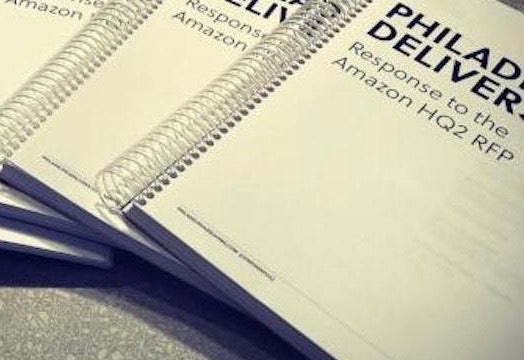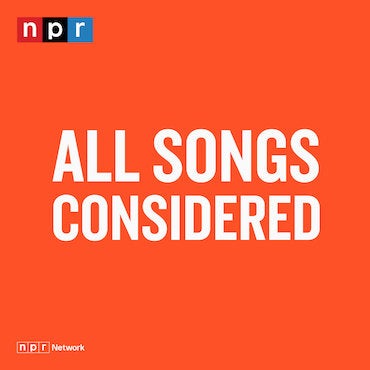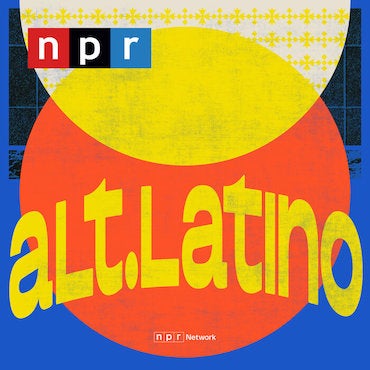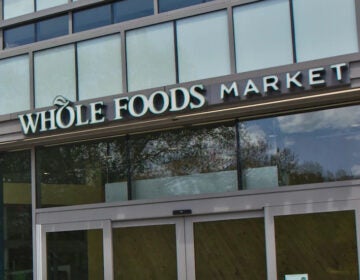State, city offered Amazon a $5.7 billion incentive package to build Philly HQ2
Until now, Mayor Jim Kenney and Pennsylvania Gov. Tom Wolf have refused to discuss details of the incentives offered in their HQ2 proposal.

A file shot of Philadelphia's submission to Amazon HQ2's RFP. (Design Advocacy Group)
This article originally appeared on PlanPhilly.
—
On the heels of Amazon’s announcement that it would split its second headquarters into two large satellite offices in Northern Virginia and New York City — plus a third, smaller office in Nashville, Tennessee — officials have released details on Philadelphia’s bid for the online retail behemoth.
Until now, Mayor Jim Kenney and Pennsylvania Gov. Tom Wolf have refused to discuss details of the incentives offered in their HQ2 proposal.
In a letter to Amazon, the state’s Department of Community and Economic Development promised Amazon $4.6 billion in financial assistance, “including up to $4.5 billion through a new performance-based grant program.” Another $100 million would have gone toward transportation improvements near the headquarters’ site.
The letter, signed by department Secretary Dennis Davin, referred to the $4.5 billion offer as a “new incentive program.” He described a subsidy tied to how much Pennsylvania-based employees would earn.
“A grant award will be made available on an annual basis for up to 25 years, and will be based on the amount of personal income tax collected annually from Amazon employees,” states the letter.
In a letter co-signed by Kenney and Council President Darrell Clarke, Philadelphia also promised to provide Amazon a 20-year tax increment financing — or TIF — district worth an estimated $1.1 billion and encompassing the HQ2 site, regardless of its specific location within the city. An accompanying letter from the School Reform Commission promised to authorize the TIF as well.
TIFs are nothing new to Philadelphia. At a Tuesday news conference, Commerce Director Harold Epps described Philadelphia’s approach to financial incentives as “aggressive but never irresponsible.”
City officials described TIFs as a “proven” incentive mechanism. In 2015, City Council and the SRC signed off on a 20-year TIF for the redevelopment of the Gallery on East Market worth an estimated $55 million.
A TIF district essentially freezes property tax increases around a proposed development. Usually, a new large building or set of buildings would significantly increase real estate taxes on the parcel and neighboring properties, but the TIF holds those at pre-development levels for a set period of time.
Backers say TIFs lead to new developments and redevelopments that would not have been undertaken otherwise, but critics call the program a giveaway to connected builders.
Tuesday, Philadelphia Industrial Development Corporation President John Grady said Philadelphia would have conservatively collected $6 billion in new taxes over 20 years in exchange for the $1.1 billion TIF, based on HQ2’s expected $5 billion investment and 50,000 jobs.
WHYY is your source for fact-based, in-depth journalism and information. As a nonprofit organization, we rely on financial support from readers like you. Please give today.






